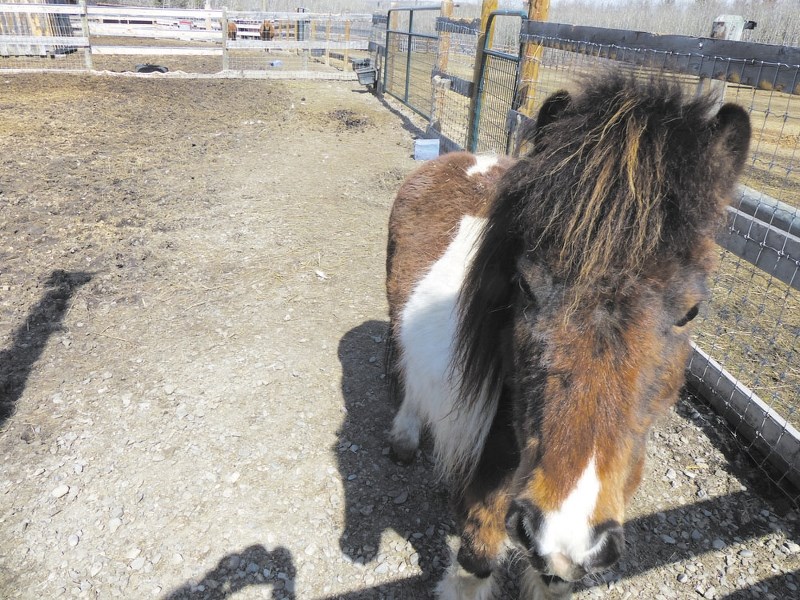This is the time of year when footing management for horses becomes a real challenge.
In a given day, we can have snow, melting, rainfall, ground thawing and more melting. The end result is in areas where horses are standing around or travelling through, become mucky messes. Being in those mucky messes can contribute to some nasty foot problems in your horse – thrush and scratches.
Thrush is a very common bacterial infection that occurs in the horse’s foot, specifically in the area of the frog. The bacteria involved is Fusobacterium necrophorum and occurs naturally in the animal’s environment particularly in wet, muddy, or unsanitary conditions (such as an unclean stalls or muddy fields) and grow best with low oxygen. Horses with deep clefts, narrow or contracted heels, are more at risk to develop thrush as the materials gets packed in there; low oxygen and this provides ideal growing conditions.
The most obvious sign of thrush is usually the odor that occurs when picking out the feet. Additionally, the areas of the hoof that are infected will be black in colour (even on a dark hoof), and will easily break or crumble when scraped with a hoof pick. When picking the hooves around thrush areas, the differences between healthy and infected areas can be seen when there is white/gray tissue (healthy frog) surrounding a dark, smelly area (infected area).
Most horses do not become lame if infected with thrush. However, if left untreated, the bacteria may migrate deeper into the sensitive parts of the hoof, which will result in lameness. At this point, the horse may also react when his feet are picked out, and blood may be seen.
Scratches (also known as mud fever or pastern dermatitis) is a group of diseases in horses causing irritation and dermatitis in the lower limbs of horses. While often caused by a mixture of bacteria, scratches can also be caused by fungal organisms (dermatophytes). This condition is also known as dew poisoning, grease heel, or greasy heel.
Scratches affect most horses during winter and early spring. It can result in painful sores and scabs which, in severe cases, could make a horse lame. Mud fever most commonly affects the pastern and heel area, but can also affect the upper leg, the belly and, in some cases, the neck area (also known as rain scald). Non-pigmented skin tends to be more severely affected. Scratches can be very stubborn to get rid of once your horse is infected and it can be very painful.
Prevention is key when trying to avoid these nasty problems. In my miniature horse pens, I have the pens on a slope to promote drainage and also have a strip where the feeders are that gets a fresh layer of gravel every year. This strip drains well and dries out before the rest of the pen so the horses have a high and dry area to stand (as shown in the photo).
In a future column we will look at some remedies for these two problems.
Keep high and dry!




